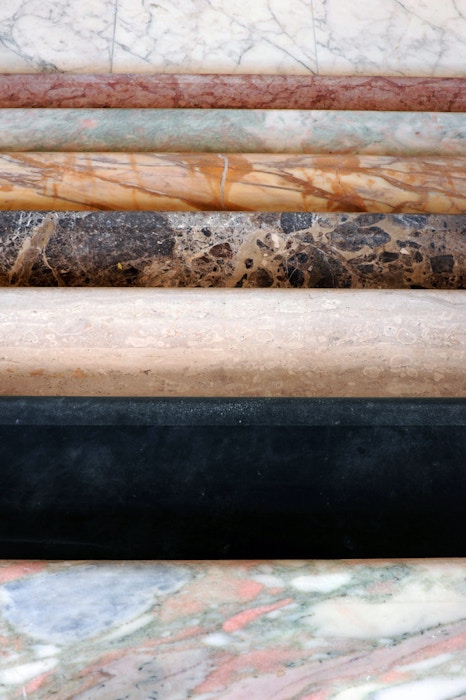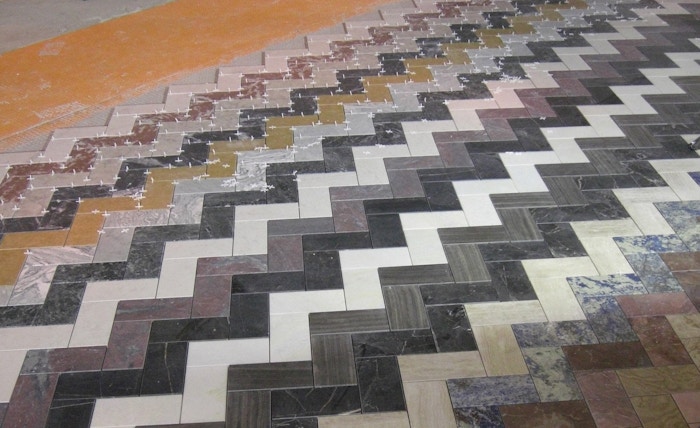—
an extension of the art gallery on London’s iconic South Bank, in collaboration with Dan Graham

The Hayward Gallery, a purpose-built, modern art gallery, opened in 1968. An icon of brutalist architecture and a distinctive London landmark, the Gallery has a strength of character, volumetric complexity, fluidity and robustness which is unparalleled in exhibition spaces in London. The project, a collaboration between Haworth Tompkins and New York artist Dan Graham, created a new entrance and pavilion structure extending the gallery’s foyer to provide flexible education and entertainment facilities, and resolve access issues.


As times changed, the building came under increasing pressure in terms of its public facilities. The gallery appeared particularly cold and inhospitable between exhibitions, when the building closed completely to the public and was built with no café, bookshop, education or social space, all of which had to be provided in a temporary structure on one of the sculpture courts. By extending the foyer forward and inhabiting a roof terrace above the existing entrance many of these issues were resolved.

The design is made up of two main elements; a rectangular foyer allowing access to a new upper level and an elliptical highly reflective two-way mirror glass pavilion conceived by Dan Graham. The foyer wall acts as a large billboard to advertise each show when images and graphics are directly applied to the glass. Recently renovated as part of wider gallery improvements, the entrance piece continues to provide the public facing frontage to the building.






The pavilion’s curving two-way mirror glass walls engage and entertain visitors with distorting reflections and counter-reflections, which change with light and weather conditions. On the inside images appear larger and wider, and on the outside narrower and smaller. As well as the optical effects provided by its structure, the pavilion offers visitors the chance to engage with the visual arts through touch-sensitive screens showing a variety of programmes and cartoons.


The elliptical pavilion sits on a roof terrace covered with soft rubber play surface tiles which increases the usable space of the foyer and provides an outdoor social space for the public events programme and openings, with views across to Waterloo Bridge and the river Thames.

“Haworth Tompkins ... established a new precedent for architect-artist collaborations, and set a marker for future architectural consideration of the site.” Susan Ferleger, former Director, Hayward Gallery


























